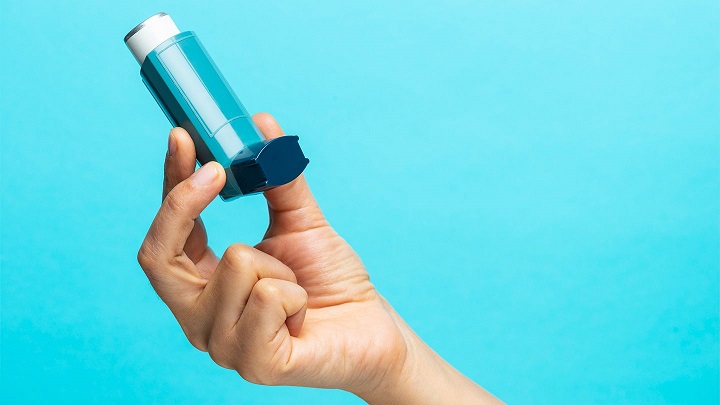Dyfi Valley Health, Bro Ddyfi Community Hospital, Heol Maengwyn, Machynlleth, Powys, SY20 8AD
contact.w96011@wales.nhs.uk 01654 702 224Dyfi Valley Health, Bro Ddyfi Community Hospital, Heol Maengwyn, Machynlleth, Powys, SY20 8AD
contact.w96011@wales.nhs.uk 01654 702 224
Dyfi Valley Health has recently become part of the ‘Green Impact for Health’ initiative in a bid to reduce the carbon footprint of the Practice. One of the key areas of tackling this is through reviewing inhaler prescriptions from the Practice.
Inhalers are used widely across the population in the management of COPD (Chronic Obstructive Pulmonary Disease) and Asthma symptoms. Inhalers can vary in many ways. Firstly, they vary in the medicine they contain. Secondly, and more importantly here, they vary in how the medicine is delivered. Broadly, there are 2 types of inhalers: MDI and DPI. MDI inhalers generally have a much higher carbon footprint as they use a propellant (hydrofluorocarbon) to force the medicine into the lungs. This propellant gas is over 1000x more harmful than carbon dioxide. These are explained in a little more detail below:
Below is a table which further breaks down the inhalers to show the carbon content in each of them. To illustrate, 28kg carbon emission is equal to the harmful gas produced from driving a small car 175miles (Machynlleth to Cambridge!)

Ventolin evohaler is widely prescribed for control of breathlessness in asthma and COPD as a ‘reliever inhaler’ (used when symptoms get bad). More frequent use of the Ventolin evohaler suggests that asthma and COPD is not well controlled, and that ‘preventor inhalers’ (used regularly to stop symptoms occurring) may need reviewing/starting. As you can see, Ventolin evohaler has a very high carbon footprint. There are two ways in which you could help us in reducing this:
Perhaps if you are on another inhaler which has a high carbon footprint, we would love for you to get in touch about the possibility of changing your inhaler if you feel this is something you can do. This could seem quite a daunting step, particularly if you have been on your inhaler for a long time and are comfortable with the way it works. The medical team at Dyfi Valley would be able to support you in trialling a new inhaler, and of course if it was not working out, then the option is always there to revert back to the old one. There would be things to consider also, such as whether your breathing technique is compatible with the different type of inhaler. Again, this is something which can be discussed further with you at an appointment. If you wish to have some more information about the types of inhaler available, please visit:
This is just one simple step you can take to help keep our world healthy.